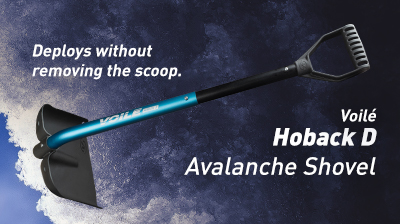
Backcountry Ski Fitness: Part 1
Share this Post
It takes relentless self-discipline to schedule suffering into your day. But if you do, you’ll find that at the other end of that suffering is a whole other life waiting for you. -David Goggins
Backcountry ski fitness takes time. There is nothing that any of us can do to create more time. However, we can manage our time differently or more efficiently to squeeze more life out of every minute in the mountains. This concept drives me to spend the summer and fall training for winter, when the days are shorter and the mountains are covered in the beautiful white powder we all love so much.
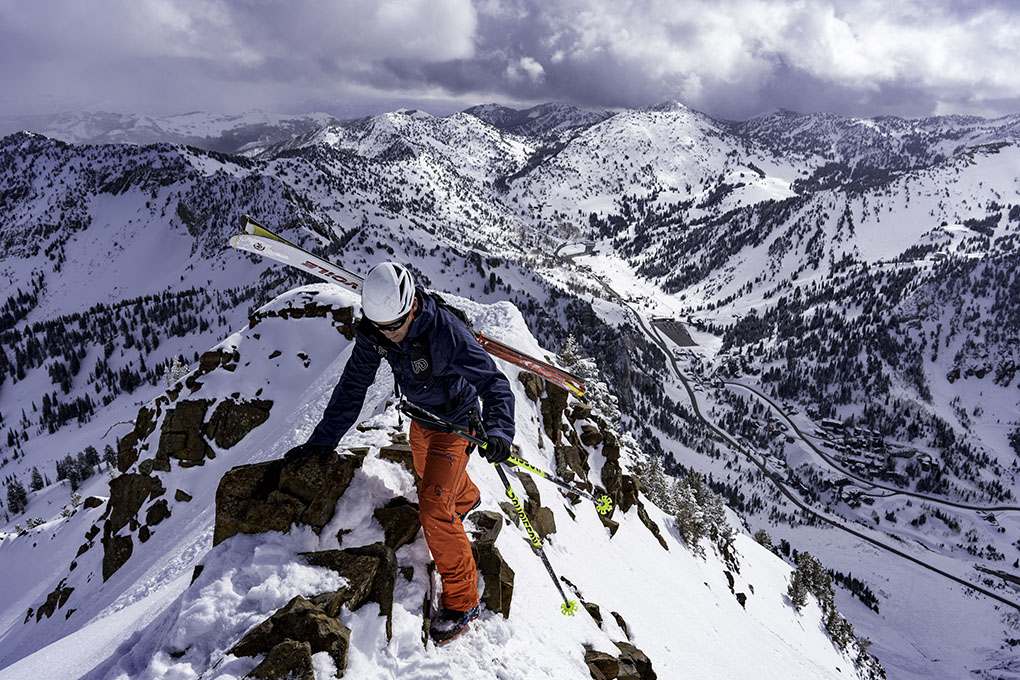
Fitness in the Backcountry
Fun
More turns equate to more fun. That much is probably undisputed among skiers. The limitations of how much we can ski are often defined by either time or stamina. You’ll either run out of time or run out of energy. An increased level of fitness can help with both of those. In past seasons, I’ve trained to be able to easily ski 10,000’ of vert in the backcountry on a free day when I don’t have work. That limit is not the absolute limit for me, it is simply the realistic amount of skiing I have been able to do with my backcountry ski fitness and the amount of time in a day.
This year, I’m pushing for more. I’d like to be able to ski closer to 15,000’ on a free day. “Why?” you might ask. My response would be “Why not?” It sounds amazing to me, and it’s not the only reason I’m training so hard this year. Like most people who have a full-time job, I’m constantly trying to squeeze in my touring and ski mountaineering around a 40-hour workweek. Skiing before work is much easier, and more options are available to me if I can move more efficiently in the backcountry.
In addition to that, I can target objectives that require longer approaches and bigger climbs to really access remote terrain that is untouched and less common on days that I don’t have work. A higher level of fitness also makes me a better photographer. Being stronger allows me to carry more photography gear while keeping pace with partners. Moving around more quickly in the mountains also allows me to take photos that have a more natural feel. I always try to move quickly and get photographs without killing the vibe and flow of the athletes that I work with.
Safety
Skiing in the backcountry requires a great deal of trust in your ski partners. You have to trust them to help make critical decisions in difficult environments. You also put your trust in them to be a strong part of the team if things should go awry. I take that seriously, as all skiers should. Fatigue has a very strong impact on decision making, so when I say that I’m training to be able to ski 15,000’ in a day, what I really mean is that I’m training so that I can still make good decisions at the end of a day like that.
In addition to that, having the ability to move fast in the backcountry can help in case the weather turns, or a partner becomes ill or injured. Regardless of your level of risk tolerance, it never hurts to have the backcountry ski fitness to execute an efficient search and move a lot of snow very quickly with your avalanche shovel.
My Training
Specialization is for insects. You have one life – do everything. That is my approach to training, and as an outdoor photographer, I need to be multi-dimensional so that I can shoot different activities. But aside from that, keeping my training varied keeps me engaged so burnout doesn’t set in so quickly.
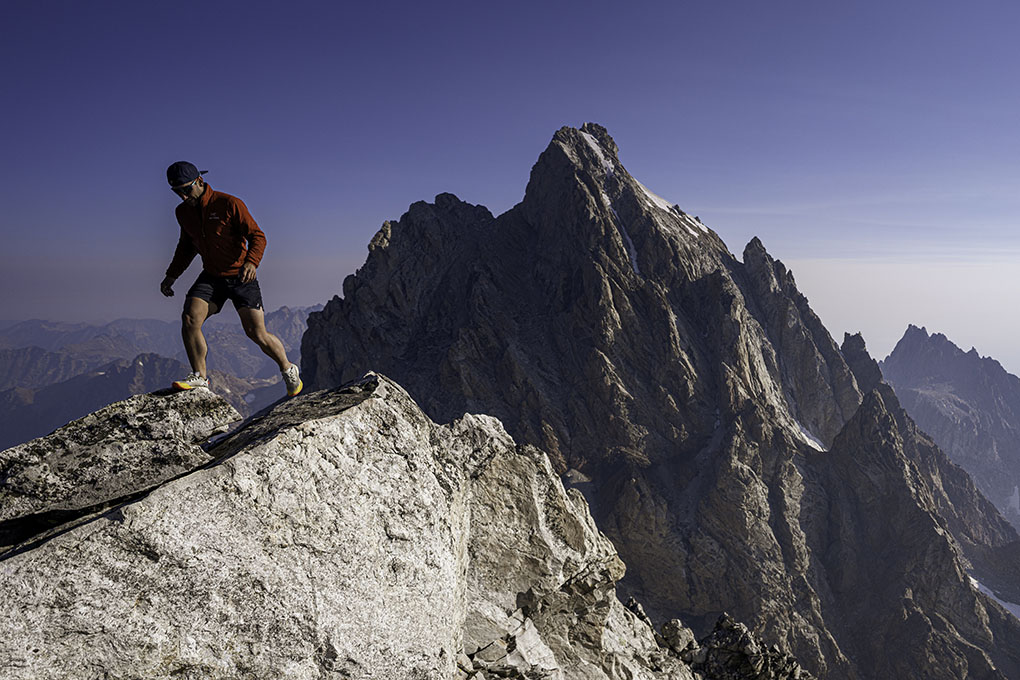
Trail Running / Hiking / Ridge Scrambling
I like moving through the mountains on foot. In the winter, that happens on skis. In the summer, I love to blur the lines between trail running, hiking, and ridge scrambling. Most of my outings involve all three with some bonus fifth class free solo climbing here and there. The primary goal is vertical gain or just “vert.” Trail running and power hiking up steep terrain really helps build my endurance for uphill travel in the wintertime, while rock scrambling helps me with my body awareness and balance. The great thing about rock scrambling is that you’re often so engaged with the terrain while you’re moving uphill that you’re distracted from the suffering taking place in your legs and lungs.
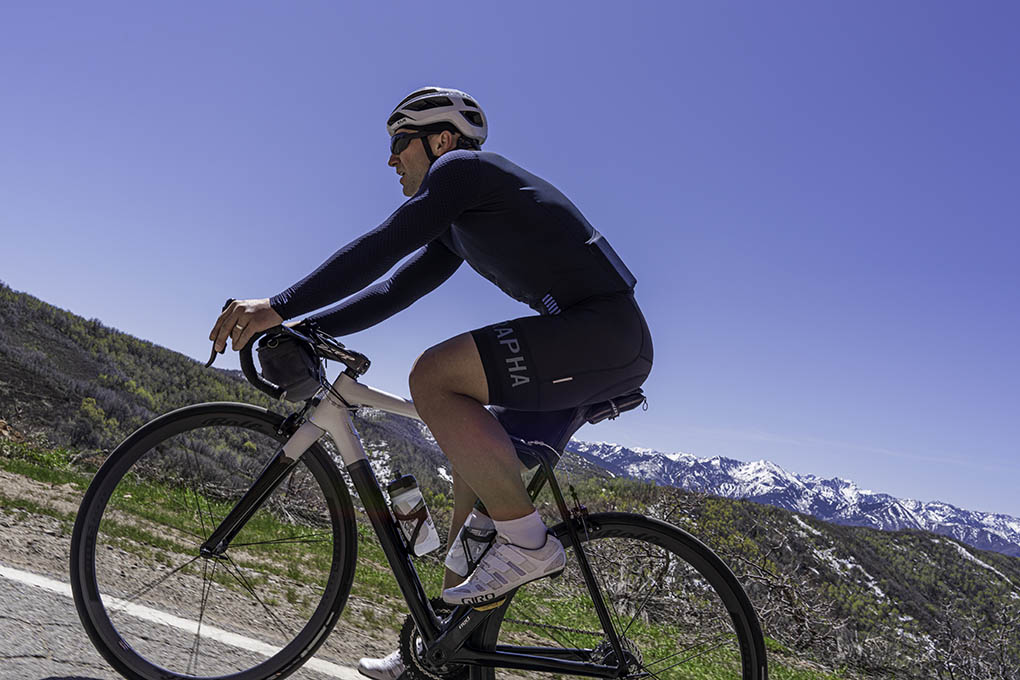
Cycling
Before moving to Utah, I was mostly a competitive cyclist who accidentally started my cycling career in triathlon. I eventually got tired of swimming to my bike and learned that I was a very mediocre runner. I had a pretty good stint as a cyclist and while I no longer race, the base fitness and threshold for suffering that cycling provided me has been invaluable. Cycling is still an extremely important part of my training.
While playing in the mountains on foot is incredible, it is also extremely hard on my joints. Cycling is my way of working on my backcountry ski fitness while my knees and feet take a break from the beating. I’ve dealt with several injuries from overuse in the past few years, and this year I’m making road cycling and mountain biking a bigger part of my training program. Mountain biking specifically is excellent because the variable terrain of trails is a great way to work on higher intensity efforts and core stability. Road cycling is my go-to workout when I’m pressed for time because I can ride straight out of my door. It is also my preferred method for training base fitness or working on longer tempo efforts.
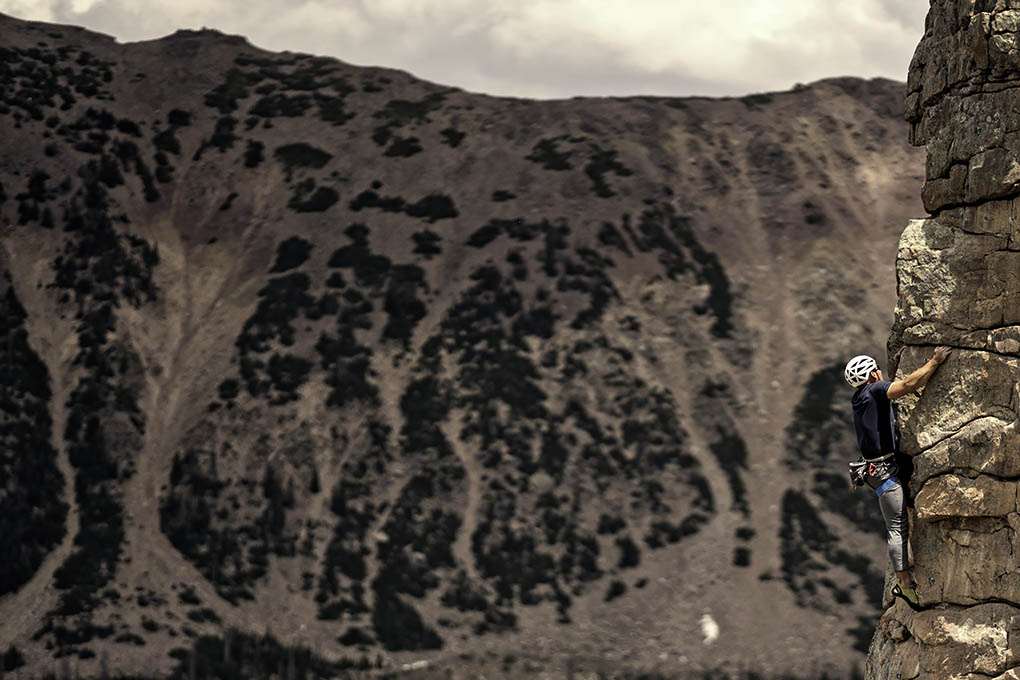
Rock Climbing / Bouldering
People who enjoy skiing in the backcountry often like to push themselves both physically and mentally. Rock climbing provides me with a similar mental and physical stimulus in the off-season while simultaneously improving my core strength and stability.
I much prefer to climb outside, but in the early morning hours, I like to get to the gym before work and get on the auto belays. Going to the climbing gym after the sun goes down has also become a great way for me to spend time with Elizabeth (the wife). Training is a game of time management, so if I can double down on a “date night” and get a workout, that is winning! Rock climbing also adds to the toolbox of skills I take with me in the backcountry for ski mountaineering objectives. It also adds a significant level of confidence on Class 3 and 4 terrain, which opens up a world of interesting options for when trail runs turn into rock scrambles.
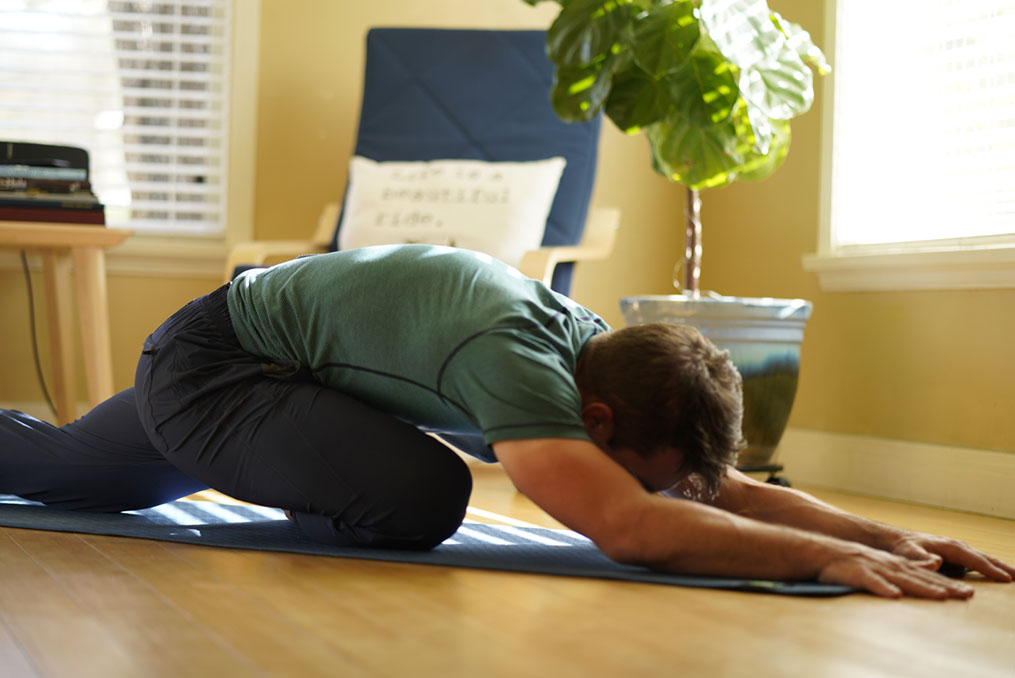
Core Strength and Yoga
I don’t do this nearly enough. I’ll start there. However, I’m working hard to change that. Lately, I’ve basically been making it mandatory for myself to consistently do a core workout after my climbing workouts, and I always do some form of stretching or yoga after my endurance workouts. Honestly, this should be prioritized closer to the top in my training program. Having core strength will keep you feeling stronger throughout the day in the backcountry, and the flexibility from stretching and yoga will help with injury prevention.
What kind of core work? Push-ups.. So many push-ups. Push-ups engage the core while working out all the muscles that are not used when climbing, so push-ups provide a good balance with climbing. A few days a week I like to set a repeating 10 minute timer at work and I’ll drop and do 20 push-ups every 10 minutes throughout the day. Work sometimes gets in the way and I can’t just drop and do push-ups when I’m busy or in a meeting, but I still manage to easily get over 500 push-ups done while at work a few days a week.
I also try to do a variety of exercises that focus on improving the strength and stability of my abdominals, lower back, obliques, and hips. I find some of the best core exercises involve dynamic cross-loading. Cable twists and Russian Twists are two of my favorites in this regard. I also really like to do GHD Sit-ups and Lower Back Extensions. Sometimes I do this at the gym using machines and sometimes I use whatever I have at home (usually the floor) to get whatever I can. Remember, something is better than nothing. So even just 50-100 sit-ups before bed is better than nothing at all.
One more thing: Intensity Matters
I often get caught in a rut with intensity. In fact, ever since I stopped racing my bike, my training has lacked the intensity needed for me to get better and I think that is the one thing that most people don’t realize. If you want to get faster in the mountains, it’s not enough to just go for runs, or bike rides. You have to do “workouts.”
It’s easy to get caught up in the grey area training that is only slightly uncomfortable, and while that might increase your backcountry ski fitness, the gains realized will be far greater if you spend more time in the red. What do I mean? High-intensity interval training. If you’re going for a ride or run, try and structure it so that there are some intense intervals of suffering involved. You don’t have to stare at your heart rate monitor or power meter. Simply saying “I’m going to go really hard for the next 5 min and then recover and repeat 5 times” is far better than just going out and maintaining the same level of perceived effort for the duration of the activity. You’ll be amazed at the rate at which you progress when training this way.
Regardless of how you decide to train, the most important part will always be consistency. So structure things in a way that allows you to maintain or build volume and intensity without taking huge breaks throughout the year where all of your gains will evaporate. Stay tuned for the follow-up blog on how I schedule my training and stay motivated!
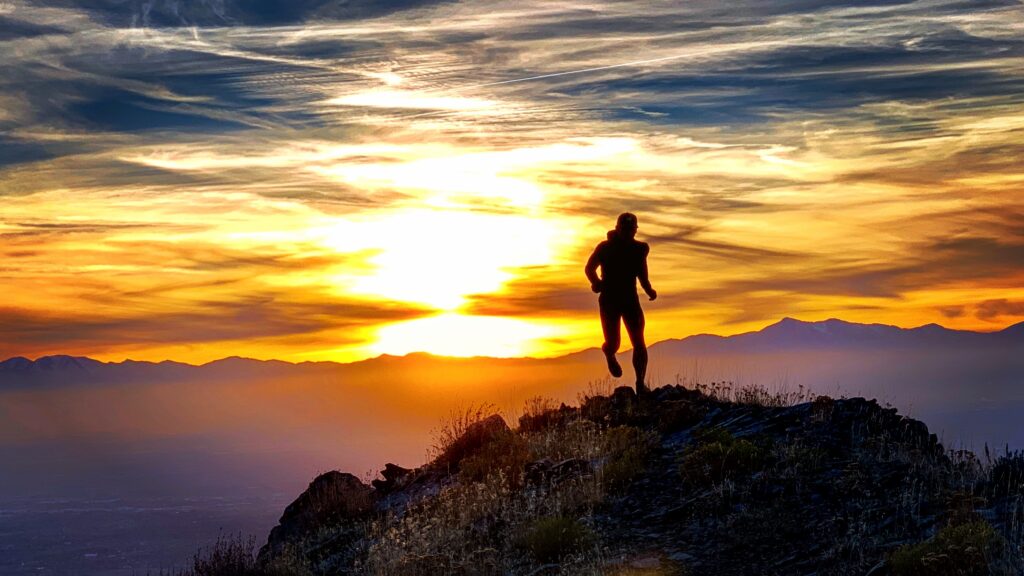
About the Author
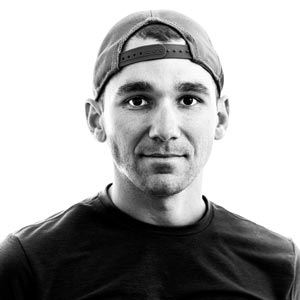
Mark LeBlanc
Location: Salt Lake City, UT
Top Gear Picks: Hyper V6 178cm / Objective 178cm
Website: www.thelivingequation.com
Instagram: @markcleblanc
Mark is a Cajun flatlander turned mountain athlete who was born and raised in south Louisiana. The high point on his calendar year after year was his annual trip out west to the mountains of Colorado, Wyoming and of course, Utah. His passion for mountain sports is rivaled only by his love of adventure, travel and photography. His motto is “Always say yes” meaning he rarely turns down an invitation and that frequently puts him in challenging situations where he feels most alive. “If there isn’t some uncertainty in the outcome, it’s not an adventure."
His athletic background goes back to his earliest opportunities as a young child in team sports, but it was his success as a competitive cyclist and endurance athlete that has most influenced his ability to suffer in pursuit of his goals. As soon as his engineering career presented the opportunity, he and his wife moved to Salt Lake City where they could have daily access to mountain life. Mark spends his summers cycling, trail running and rock climbing. His summer activities are largely focused on sharpening skills and building fitness for the winter where ski mountaineering and backcountry skiing take focus. In true form as a professional photographer and film maker, he never leaves home without his camera and he approaches photography as an athletic pursuit. His passion for photography is in capturing the determination of humans in beautiful and challenging environments.
Share this Post



